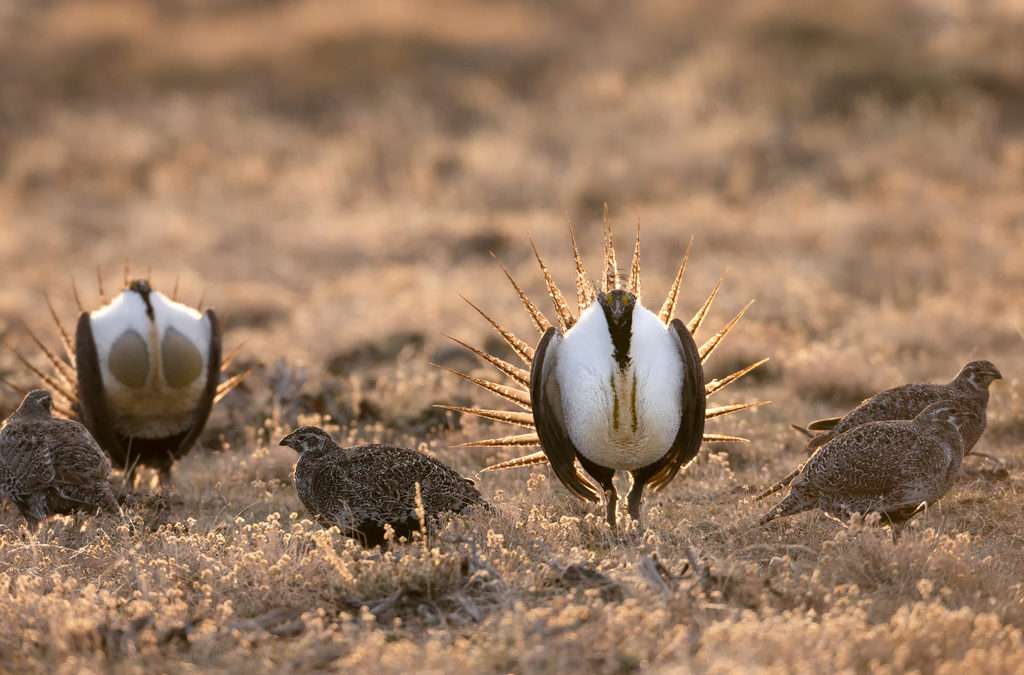Conservation has typically been thought of as a way to preserve wildlife on public land, but a large percentage of wildlife call private land their home. Managing private land to conserve wildlife can be a positive for both wildlife and the landowner.
According to the U.S. Fish and Wildlife Service, 23 species protected under the Endangered Species Act have gone extinct, following 11 species over the last few years. With these 34 species, a domino effect is inevitable. There are over 1,600 U.S. plants and animals on the federal list of threatened and endangered species, 500 awaiting listing, and 16,000 more needing conservation.
The mismanagement of private property guarantees more wildlife extinctions. Due to the Endangered Species Act, an increase in extinctions will lead to government overreach on private land. Private landowners want more control with less government involvement, which can be achieved by the correct management of their land for agriculture and wildlife.
We need to manage wildlife by properly conserving private lands. Continued suburban growth threatens to eradicate habitats and threaten biodiversity. Wildlife like elk, cutthroat trout, and grizzly bears rely heavily on private land and will suffer greatly if matters are not handled properly. For example, 80 percent of the winter range for migrating elk relies on private lands, and one-fifth of the riparian habitat for cutthroat trout. Grizzly bears depend on private lands for sixteen percent of their occupied habitat. If properly managed, private property will help prevent the extinction of these species.
Before, private landowners had few incentives to allow these species to use their land as their habitat. If we look at conservation as a business, there are opportunities to make conservation profitable for private landowners. We need to look at not only the agricultural standpoint for management but also the management of wildlife.
With a direct approach to managing their land, landowners can reap the benefits of agriculture, as well as aid the wildlife. This would ensure that landowners would have control of their land without the government stepping in. Finally, if private land were managed proactively instead of reactively, it would set up future generations for success.


